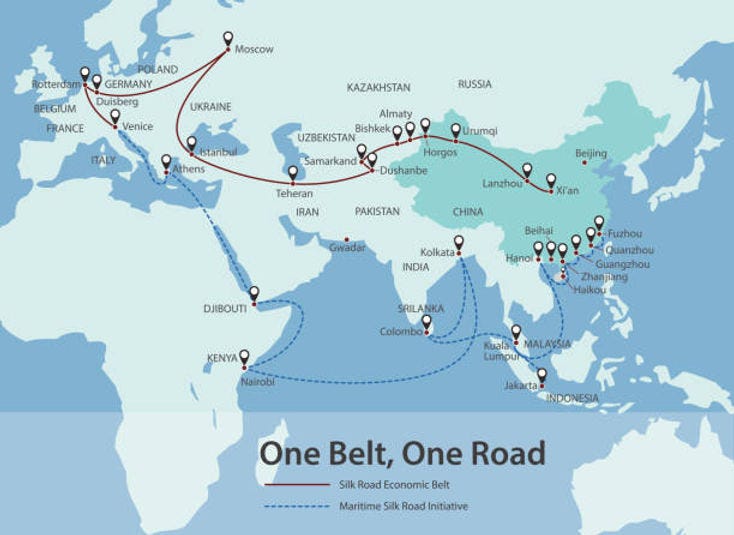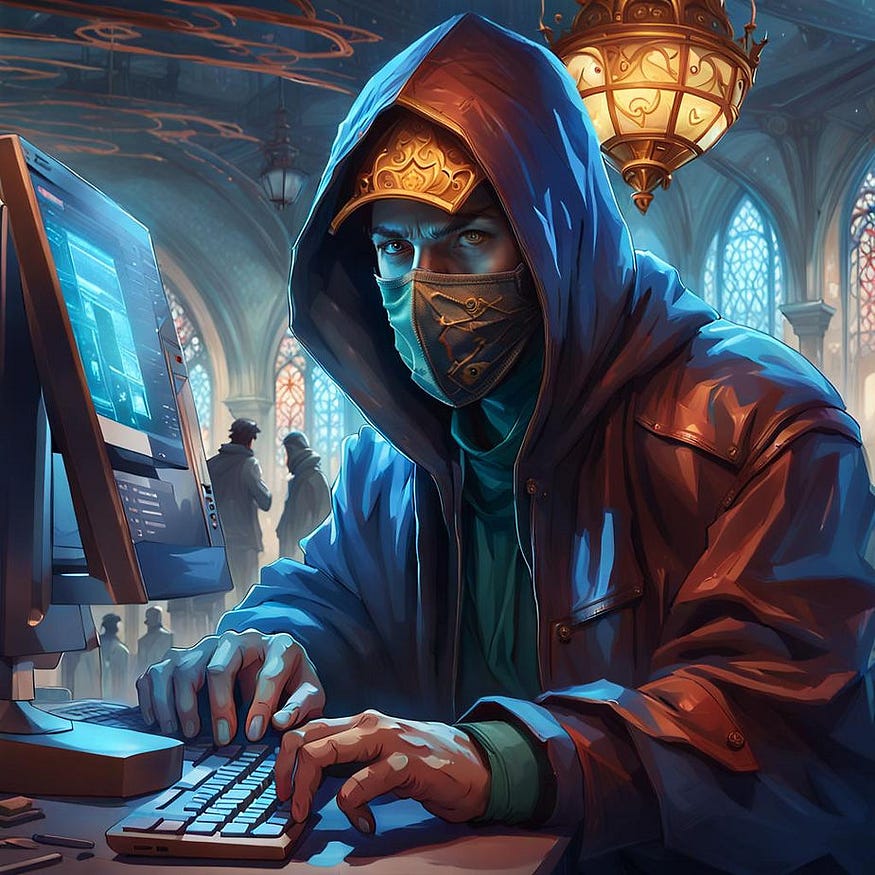The Third World War on the Horizon?
Analyzing Key Political and Military Movements That Could Spark a New Global Conflict and Examination of Escalating International Tensions and Defense Strategies
This picture is the property of the author, and it is made with an AI program
Introduction
When we look at recent global events, it is hard not to wonder what is really happening. Has the world truly lost its mind? Is it possible that longtime allies now quarrel and threaten one another as if they were bitter enemies?
Europe—once the voice of reason and a stalwart of democracy—is now discussing nuclear deterrence, arming itself to the teeth, and earmarking billions of euros for weapons. Meanwhile, my country, Croatia—part of the European Community—is planning to build new factories for ammunition and grenades.
In Poland, ammunition factories are reportedly struggling to meet demand, with workers forced to run three shifts in order to produce enough rounds.
The United States, which until recently was considered a key ally of Europe, now—under President Trump, described by some as “more unpredictable than a tornado”—seems to have taken an entirely different view on alliances and NATO.
According to this narrative, Trump halted military aid to Ukraine and stopped sharing crucial security information needed for the war, while also threatening Russia with sanctions if it did not cease fire.
Russian President Vladimir Putin is said to be warning the entire world with nuclear threats, particularly targeting European nations that might side with Ukraine.
In a dramatic turn, Ukrainian President Zelensky is claimed to have been humiliated in the Oval Office during a visit to America, prompting him to turn to Europe—old-new allies alike—for help in arming and supplying his country.
The global situation has deteriorated markedly since President Trump assumed office and began his “MAGA” policy. New tariffs and controversial ideas seem to emerge daily, as if constantly dictated by Trump’s unpredictable agenda.
News of Near World War III
We are bombarded with such news from every medium—television, the internet, and newspapers alike.
Everyone has an opinion and their own perspective, yet one fact stands out: uncertainty and fear of potential conflict are spreading everywhere.
Never before has the world experienced such instability—not since the days preceding World War II, a conflict whose devastation we all remember.
War has brought nothing but misery, yet it appears that nations are now arming themselves and preparing for conflict. History teaches us that when weapons pile up, it is only a matter of time before they are put to use.
When we consider the current global political climate from every angle and take into account the daily shifts on the world stage, the outlook seems grim.
Every power is aligning itself, demonstrating its might, and showing its teeth. Instead of sitting together to resolve the Ukrainian conflict—the very crisis said to have ignited all this tension—no one wants to appear weak or give in first.
When the political situation becomes this heated, and so many states are drawn into the debate, history suggests that war is often the inevitable outcome.
This isn’t about a localized conflict like the one between Russia and Ukraine; it is portrayed as a potential global war of catastrophic proportions.
Add nuclear armaments into the mix, and we might be looking at an event that could wipe out the civilization we know.
Conclusion
Is it really true that nothing can be achieved through dialogue and diplomacy? It appears so since nobody seems willing to talk—even though many claim they are open to discussions. Instead, every leader insists on steering the conversation and determining the fate of the world.
Putin is defending Russia’s interests and its borders against NATO; Zelensky is defending Ukraine against Putin; Europe is defending both Ukraine and itself against Russia; and Trump—who claims to want peace—is depicted as having fanned the flames, allegedly determined to fulfill his pre-election promise by ending the war in Ukraine within 24 hours.
In short, absolute chaos seems to reign on all fronts—political, military, and even in the media, which churns out news every minute while struggling to keep up with events that change by the second.
For ordinary people, mere pawns in this game of giants, the only hope is to stay informed, keep a clear head and one's head on one's shoulders, and be thankful if everything does not culminate in an all-out war.
https://cryptonftworlds.blogspot.com/2025/03/global-surge-of-right-wing-politics.html
https://cryptonftworlds.blogspot.com/2025/02/chinas-new-silk-road-redefining-global.html

















